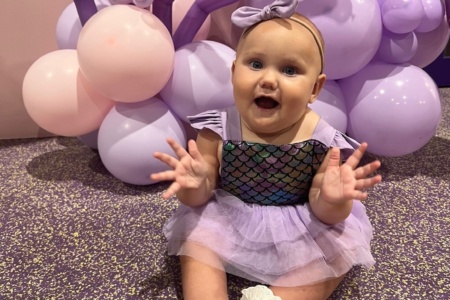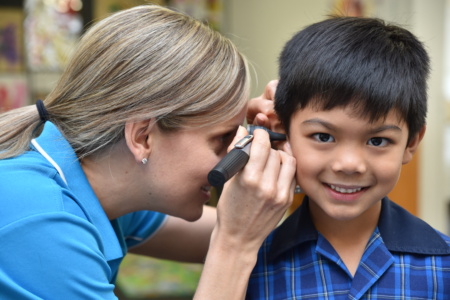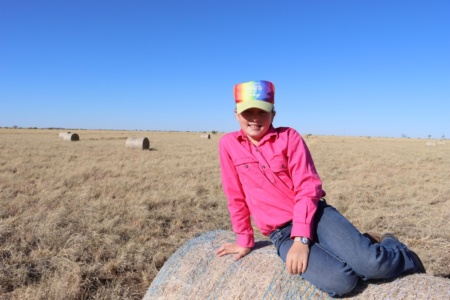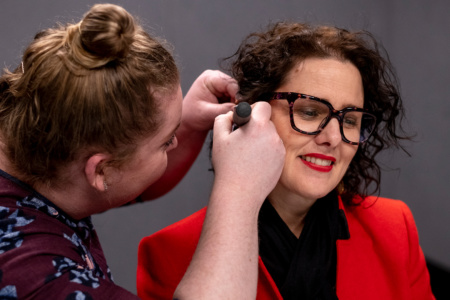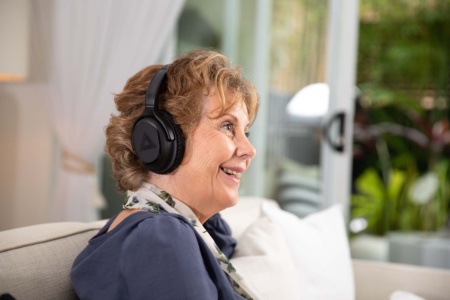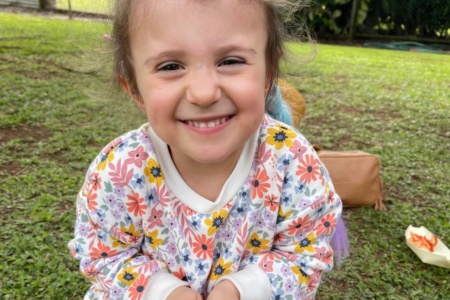The Speech Sounds Development Chart is a common tool used in speech therapy to help track a child’s ongoing development across the various sounds of speech. As children develop all skills at their own rate, these charts only a guide to when particular milestones are most commonly reached. Don’t panic if your child is missing one or two of the skills listed within their age range. If you have any concerns, reach out to a speech therapist for further advice and next steps to ensure your child is reaching their full speech and language potential.
| Age (average) | Sound | Example |
|---|---|---|
| Three years old | /d/ /g/ /b/ /t/ /k/ /p/ /m/ /n/ /ng/ /w/ /y/ /zh/ /h/ | Dog Girl Bat Tall Cat Pen Neat Sing Water Yellow Measure Hello |
| Three and a half years old | /f/ | Friend |
| Four years old | /ch/ /sh/ /l/ | Chicken Brush Like |
| Four and a half years old | /s/ /z/ /j/ | Sail Lizard Jelly |
| Five years old | /r/ | Red |
| Six years old | /v/ | Vegetable |
| Eight years old | /th/ | This |
| Eight and a half years old | /th/ | Thing |
Why is my child not speaking clearly?
For parents and teachers, it’s important to remember that all children reach development milestones at different ages. There are however, several common reasons why a child might not have clear speech, including:
- Problems with their tongue or the roof of their mouth, known as oral impairment
- The fold beneath their tongue (the frenulum) might be short – limiting their tongue movement
- Oral-motor problems, where there’s an issue in the part of the brain that is responsible for speech. This might affect the coordination of the lips, tongue and jaw making speaking challenging.
- They might have a learning disability or certain conditions, such as cerebral palsy or autism.
- The child might have an undiagnosed hearing loss or something blocking their ears.
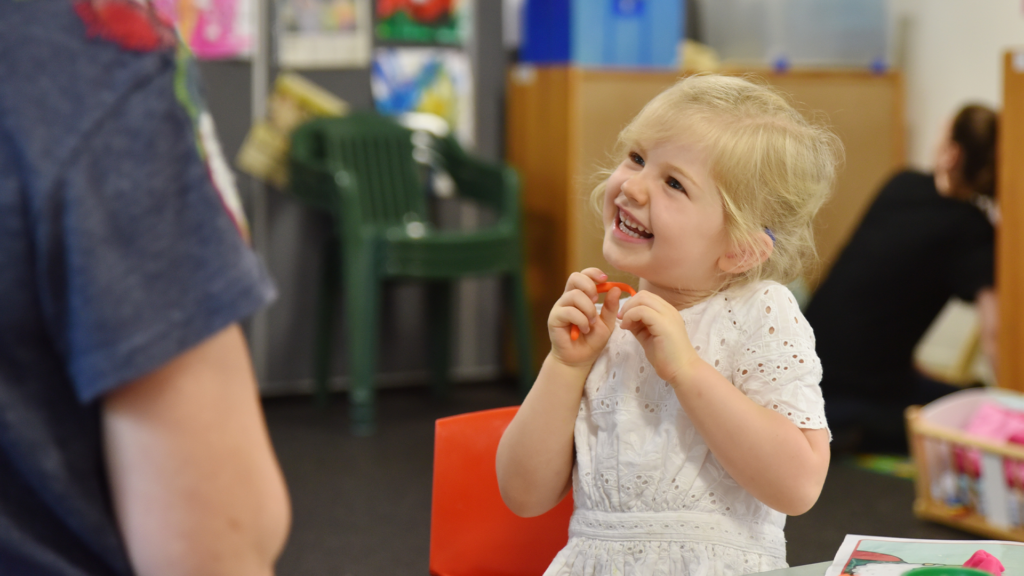
Think hearing first
We often say "think hearing first". Children can develop hearing loss at any age, even if they passed the newborn hearing screen. If you suspect your child has a hearing loss get in touch and our friendly team will be more than happy to help.
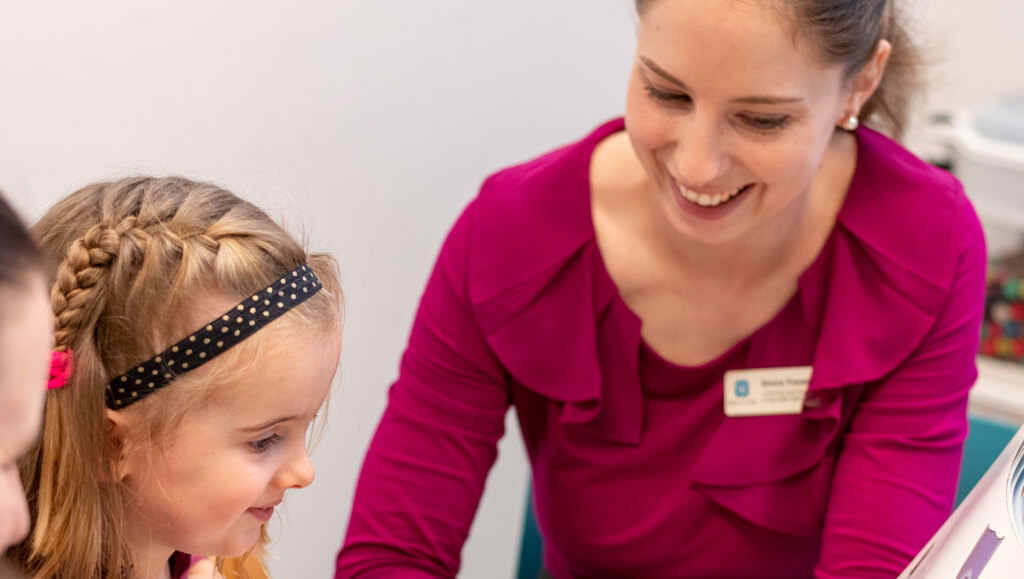
Are there any additional resources that can be provided to further aid speech sound development?
Sometimes children have difficulty learning to say sounds correctly and they require additional support from speech pathologists. A speech pathologist can help with speech and language development, listening, understanding language and more.
If you are a parent or a teacher, one simple way to help a child’s speech development is to model the correct pronunciation and celebrate their successes. For example expanding on something they’ve said, repeating words while playing to emphasise the use or language, or talk about what they’re seeing, you might say “you’re brushing the doll’s hair” while playing with dolls.
Common "errors" in a child’s pronunciation of speech sounds are known as phonological processes. All children learn to pronounce and distinguish sounds in different ways, and will often use certain phonological processes before learning how to say the target sounds correctly. See some examples of phonological processes in the below table.
| Phonological process | Explanation | Example | What age it usually disappears (on average – guide only) |
|---|---|---|---|
| Voicing | When sounds that don’t need much vocal power are emphasised | /t/ becomes /d/ (‘time’ becomes ‘dime’) | Three years old |
| Fronting | When sounds that usually are made at the back of the mouth are instead made at the front | /k/ becomes /t/ (‘cat’ becomes ‘tat’) | Three and a half years old |
| Stopping | When long sounds are replaced with short sounds | /s/ becomes /t/ (‘see’ becomes ‘tee’) | Three to five years old |
| Cluster reduction | When two consonant (non-vowel) sounds that usually sit together are reduced to one consonant sound | /st/ becomes /t/ (‘stop’ becomes ‘top’) | Four years old |
| Final or initial consonant deletion | When the first or last consonant sound in a word is removed | /p/ drops off in ‘top’ | Four years old |
| Weak syllable deletion | When syllables that don’t need much stress are forgotten in words | /le/ drops off in ‘elephant’ to become ‘ephant’ | Four years old |
| Gliding | When sounds requiring the tongue to be in the correct place are sometimes not | /r/ becomes /w/ (‘rabbit’ becomes ‘wabbit’) | Five years old |
When should I reach out to a speech pathologist?
Every child is different and develops at a different rate, while there are some milestones to be aware of, don’t panic if you’re child is not yet there – they might just be a late bloomer!
Some developmental milestones to be aware of include:
- At six to 11 months babies typically babbles and might be trying to repeat sounds
- Babies who are 12 to 17 months old often have a vocabulary of four to six words
- By 23 months old, children typically have a vocabulary of around 50 words and are starting to combine words into two-word phrases, e.g. “more milk”
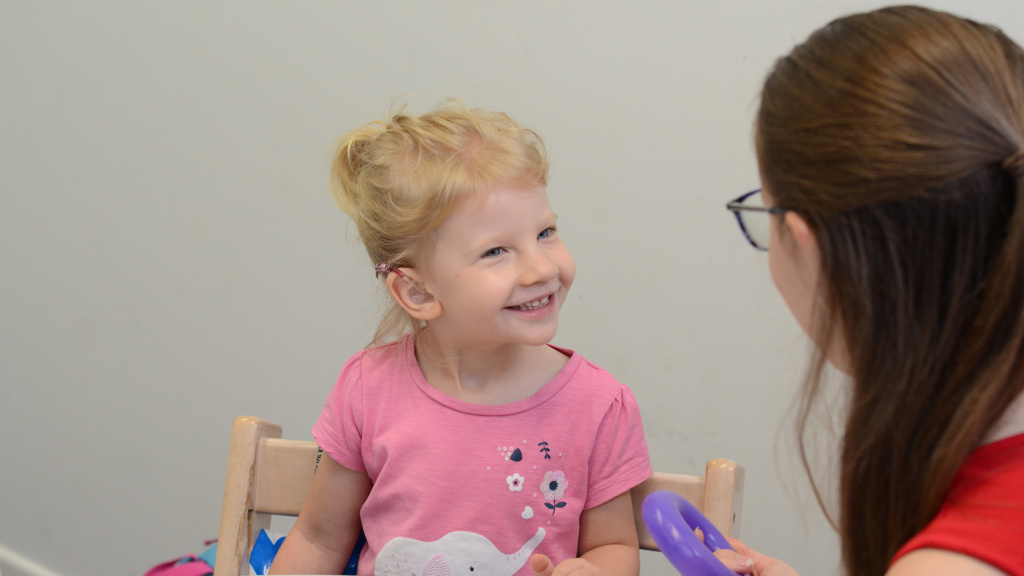
- Two- to three-year-olds know pronouns (e.g. "you", "me"), can use descriptive words (e.g. "sad" "small") and often can use three-word sentences
- Children aged four to five have understandable speech but might struggle to pronounce complex words (e.g. "hippopotamus"), they can describe how to do things (e.g. building a sand castle), and can understand and answer questions
- A five-year-old typically can understand sequence language (e.g. what happened next, this came first), engage in conversation and can use sentences with eight or more words
If you are worried about your child's speech or language development, Hear and Say has a number of Queensland clinics and our speech pathologists will be more than happy to help.
Book a speech and language assessment near you
Get in touch
